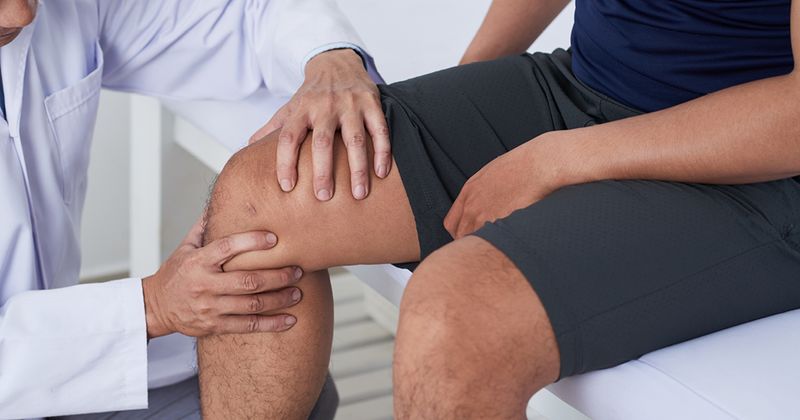BLOG: Objectively assess the patellofemoral joint with 3D imaging
New awareness of 3D imaging of the patellofemoral joint is adding further objectivity to our analysis.
This is particularly true as we realize the stark limitations of 2D imaging for understanding the complexities and uniqueness of trochlea dysplasia in each patient. This becomes even more important as we note the variability of tibial tuberosity-to-trochlear groove distance.


It will be interesting to see how new 3D-based metrics affect decision-making. Our understanding of 3D supports anteromedial tibial tubercle transfer, which lifts the distal patella over a proximal ridge spur. Distalization then securely places the patella into the dysplastic trochlear groove congruously without damaging trochlea cartilage with deepening. With this in mind, deepening is rarely or almost never needed again. This is confirmed by 3D analysis.
Using medial quadriceps tendon femoral ligament reconstruction is a wise choice, which eliminates the known risk of patella fracture after drilling the patella.
References:
Kazley JM, et al. Clin Orthop Relat Res. 2019;doi:10.1097/CORR.0000000000000886.
Schneble CA, et al. Arthroscopy. 2024;doi:10.1016/j.arthro.2024.04.010.
Sieberer J, et al. Paper 308. Presented at: Orthopaedic Research Society Annual Meeting; Feb. 2-6, 2024; Long Beach, Calif.
Yu KE, et al. Arthroscopy Techniques. 2021;doi:10.1016/j.eats.2021.09.009.
Collapse
Expert Submission
